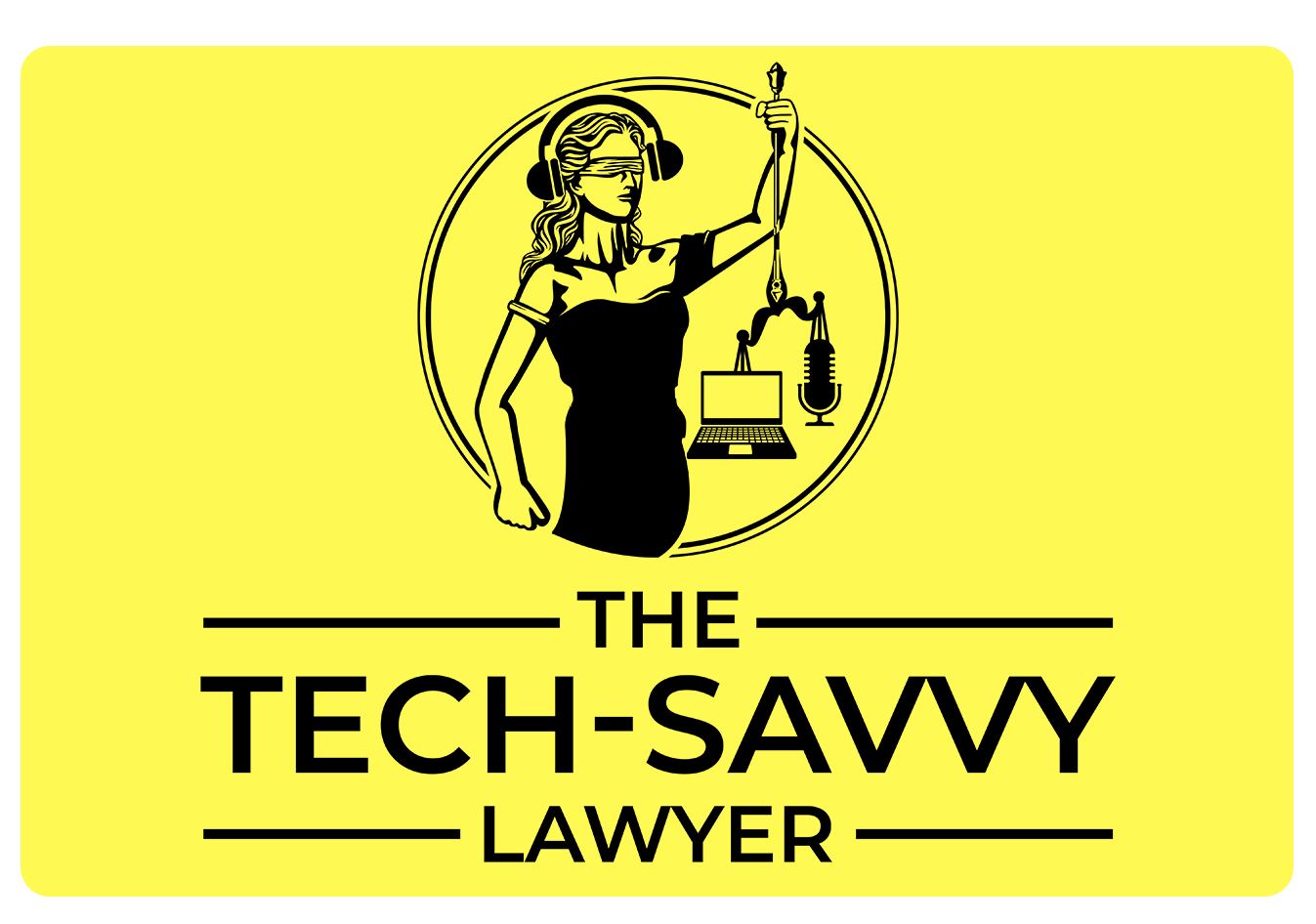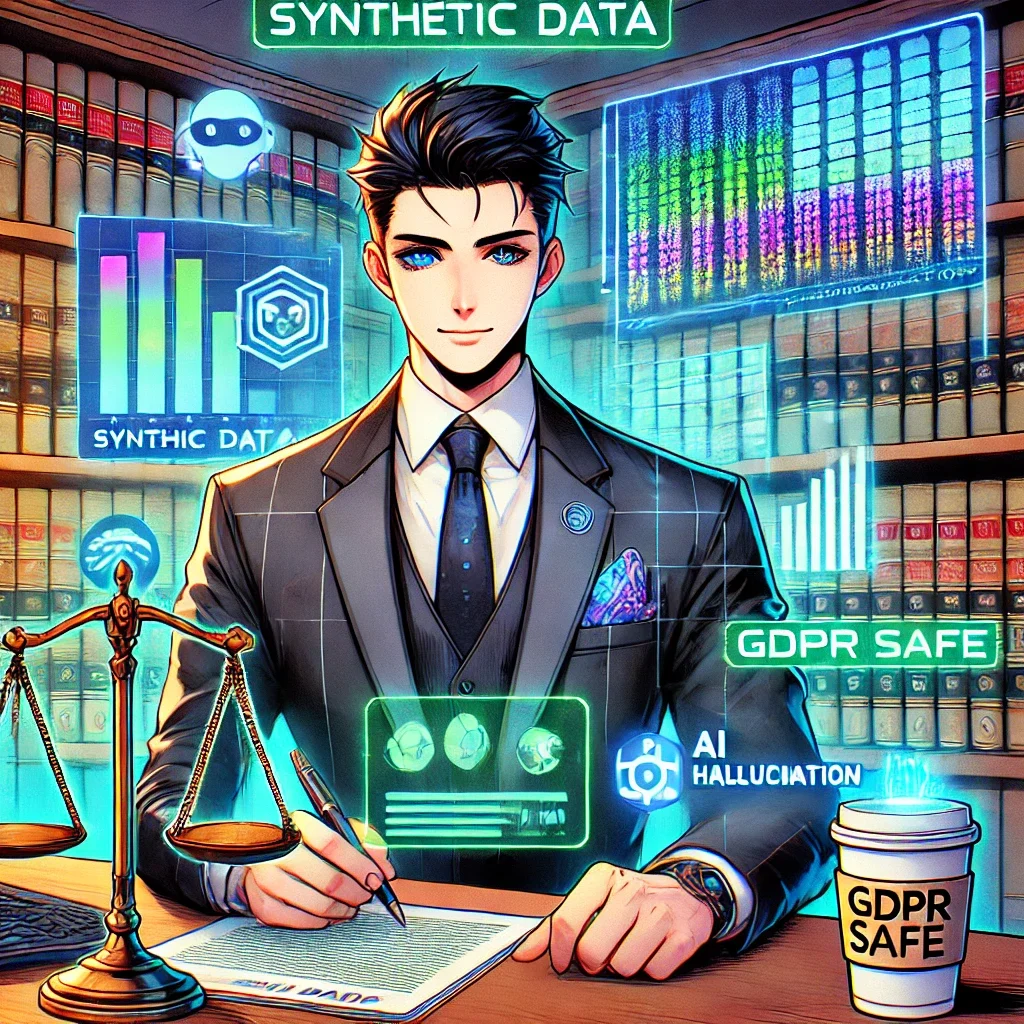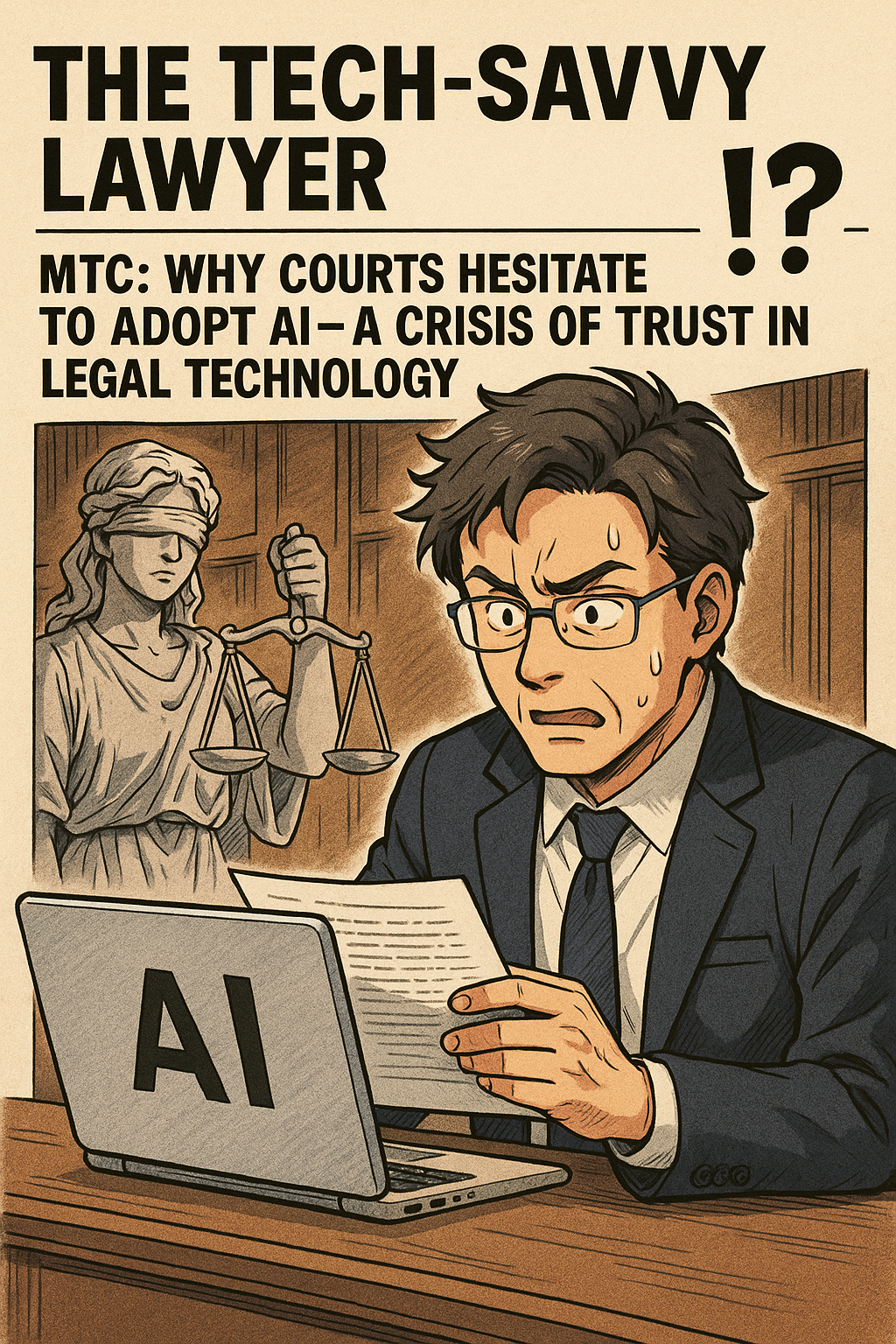📖 Word of the Week: RAG (Retrieval-Augmented Generation) - The Legal AI Breakthrough Eliminating Hallucinations. 📚⚖️
/What is RAG?
USEd responsibly, rag can be a great tool for lawyers!
Retrieval-Augmented Generation (RAG) is a groundbreaking artificial intelligence technique that combines information retrieval with text generation. Unlike traditional AI systems that rely solely on pre-trained data, RAG dynamically retrieves relevant information from external legal databases before generating responses.
Why RAG Matters for Legal Practice
RAG addresses the most significant concern with legal AI: fabricated citations and "hallucinations." By grounding AI responses in verified legal sources, RAG systems dramatically reduce the risk of generating fictional case law. Recent studies show RAG-powered legal tools produce hallucination rates comparable to human-only work.
Key Benefits
RAG technology offers several advantages for legal professionals:
Enhanced Accuracy: RAG systems pull from authoritative legal databases, ensuring responses are based on actual statutes, cases, and regulations rather than statistical patterns.
Real-Time Updates: Unlike static AI models, RAG can access current legal information, making it valuable for rapidly evolving areas of law.
Source Attribution: RAG provides clear citations and references, enabling attorneys to verify and build upon AI-generated research.
Practical Applications
lawyers who don’t use ai technology like rag will be replaced those who do!
Law firms are implementing RAG for case law research, contract analysis, and legal memo drafting. The technology excels at tasks requiring specific legal authorities and performs best when presented with clearly defined legal issues.
Professional Responsibility Under ABA Model Rules
ABA Model Rule 1.1 (Competence): Comment 8 requires lawyers to "keep abreast of changes in the law and its practice, including the benefits and risks associated with relevant technology." This mandates understanding RAG capabilities and limitations before use.
ABA Model Rule 1.6 (Confidentiality): Lawyers must "make reasonable efforts to prevent the inadvertent or unauthorized disclosure of, or unauthorized access to, information relating to the representation of a client." When using RAG systems, attorneys must verify data security measures and understand how client information is processed and stored.
ABA Model Rule 5.3 (Supervision of Nonlawyer Assistants): ABA Formal Opinion 512 clarifies that AI tools may be considered "nonlawyer assistants" requiring supervision. Lawyers must establish clear policies for RAG usage and ensure proper training on ethical obligations.
ABA Formal Opinion 512: This 2024 guidance emphasizes that lawyers cannot abdicate professional judgment to AI systems. While RAG systems offer improved reliability over general AI tools, attorneys remain responsible for verifying outputs and maintaining competent oversight.
Final Thoughts: Implementation Considerations
lawyers must consider their ethical responsibilities when using generative ai, large language models, and rag.
While RAG significantly improves AI reliability, attorneys must still verify outputs and exercise professional judgment. The technology enhances rather than replaces legal expertise. Lawyers should understand terms of service, consult technical experts when needed, and maintain "human-in-the-loop" oversight consistent with professional responsibility requirements.
RAG represents a crucial step toward trustworthy legal AI, offering attorneys powerful research capabilities while maintaining the accuracy standards essential to legal practice and compliance with ABA Model Rules. Just make sure you use it correctly and check your work!















